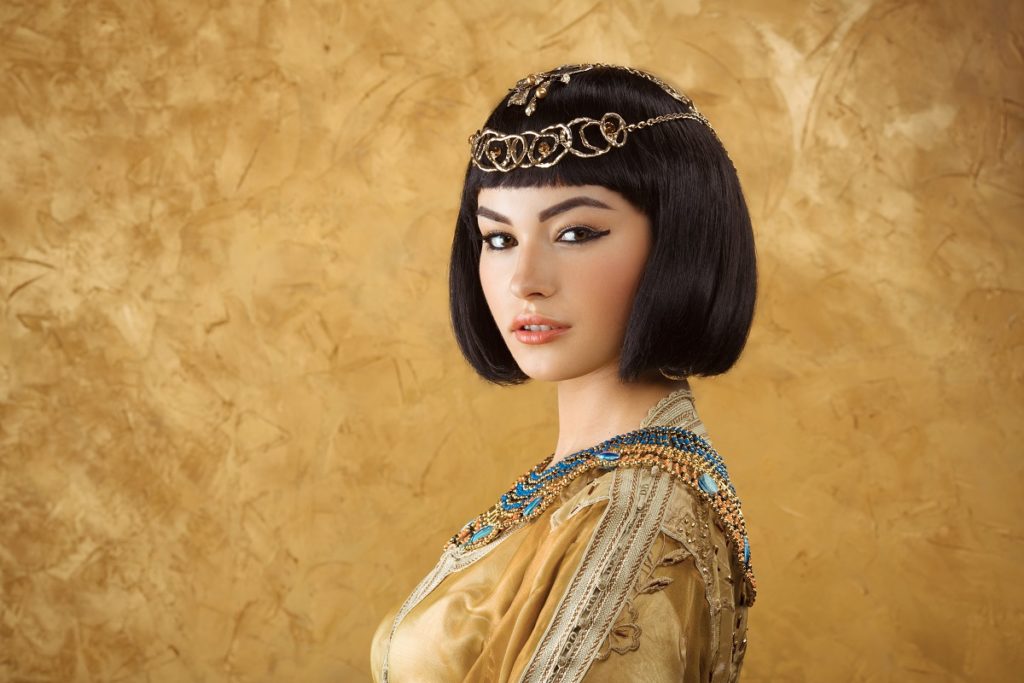Novelist and patron of the arts Oscar Wilde once wrote: “And beauty is a form of genius – is higher, indeed, than genius, as it needs no explanation.” There can be many arguments about whether or not beauty is indeed a higher form of genius, but the act of keeping beauty probably requires genius.
Over the centuries, society has imposed standards of beauty for men and women. However, the pressure to maintain beauty is usually higher for women. This pressure grows if the woman is in a position of power. Throughout history, powerful women have held their thrones while looking fabulous.
People often seek explanations for beauty, especially the lasting beauty of powerful women. Thanks to historians and researchers, we know now the beauty routines of three famous queens in history.
Queen Elizabeth I
The monarch of Britain’s Golden Age, Elizabeth the First was the daughter of the infamous Henry VIII and the unfortunate Anne Boleyn. Britain hailed her as its finest queen until the 19th Century, and inspired many works of art during her time. The poet Edmund Spencer gave her the name Glorianna, the eternal Queen of Faerie.
The secret to Elizabeth’s seemingly eternal pallor and porcelain complexion is a deadly one. Women of the era placed greater value on their skin. They took every measure to free it from blemish, sagging, and wrinkles. In a time before safe Botox specials, women used creams containing honey and eggs to nourish their faces.
However, the best makeup was ceruse, a mixture of vinegar and white lead. Ceruse was a thick paste, and it evened out the skin, hiding scars from disease and acne. It gave women the porcelain pallor that was the ideal of the time. The mixture was corrosive because of the lead, and it scarred the skin after multiple uses. This required women to keep using it, despite the poisonous properties of lead.
Queen Cleopatra VII

Cleopatra was the last Pharaoh of Egypt, the final scion of the Ptolemaic dynasty. Roman historians immortalized her as a scheming seductress, the temptress of Julius Caesar and tragic lover of Mark Anthony. Her brief and turbulent reign ended, according to legend, when she committed suicide by snakebite.
Though recent theories say that Cleopatra may have been more homely than popular culture would like, records provide us a glimpse into her beauty procedures. According to historic accounts, Cleopatra bathed in milk to keep her skin supple and smooth. Another popular and expensive treatment she used was a skin-whitening lotion that had crocodile dung.
But perhaps Cleopatra’s greatest cosmetic trick involved perfume. Aromatic oils feature heavily in Ancient Egypt, from the cradle to the grave, and she was no stranger to their seductive powers. According to lore, she seduced Mark Anthony by dousing an entire river barge in perfume to muddle his senses and arouse him before he laid eyes on her.
Queen Marie Antoinette
Two words that are quickly associated with Marie Antoinette, Queen of France and wife of Louis XVI, are “extravagance” and “execution.” And indeed, Marie did use extravagant means to maintain her beauty. As the French aristocracy’s taste-maker, all the women in the court hastened to follow her in fashion and cosmetics.
Marie Antoinette took regular baths with special oils and perfumes. Afterward, she used a facial cleanser made from water lilies, lemons, cucumbers, and stewed pigeons. She followed this with an astringent made from drops given off by grape vines in May. Finally, she capped off her beauty routine with a face mask made of egg whites, cognac, and lemon.
Perhaps Marie’s most ambitious and noteworthy cosmetic vanity was her hair. Marie’s real hair had turned gray prematurely and grew thin and ragged because of too many harsh procedures. She solved this by wearing towering, elaborate wigs designed by a personal hairdresser. When her real hair was thick and long enough, she would weave it into her wigs. Her stylists decorated her hairstyles with flowers, silks, and feathers.
Marie received her last haircut from Charles Henri Sanson, the man who would behead her moments later.
Beauty fades, no matter how much people try to prolong it. But legends and history can preserve true beauty for centuries. There is great power in being beautiful, no matter what that means or requires. As these three queens demonstrate, being beautiful is better with a crown.






